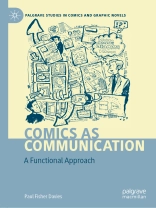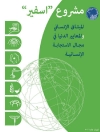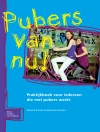This book explores how comics function to make meanings in the manner of a language. It outlines a framework for describing the resources and practices of comics creation and readership, using an approach that is compatible with similar descriptions of linguistic and multimodal communication.
The approach is based largely on the work of Michael Halliday, drawing also on the pragmatics of Paul Grice, the Text World Theory of Paul Werth and Joanna Gavins, and ideas from art theory, psychology and narratology. This brings a broad Hallidayan framework of multimodal analysis to comics scholarship, and plays a part in extending that tradition of multimodal linguistics to graphic narrative.
Table of Content
1. Introduction.- 2. Prelude: ‘Animating’ the narrative in abstract comics.- 3. Representing Processes in Graphic Narrative.- 4. Games Comics Play: Interpersonal Interaction in Graphic Narrative.- 5. Abstraction and the Interpersonal in Graphic Narrative.- 6. Cohesion and the Textuality of Comics.- 7. The Logical Structures of Comics: Hypotaxis, Parataxis and Text Worlds.- 8. Coda: Metaphor, magic and making meanings.- 9. Conclusion.
About the author
Paul Fisher Davies gained his Ph.D. at University of Sussex, where he has also been a lecturer and student mentor. He teaches English Language and Literature at East Sussex College in Lewes, UK. As well as studying and writing about comics form, he creates graphic narrative stories and scholarship.












